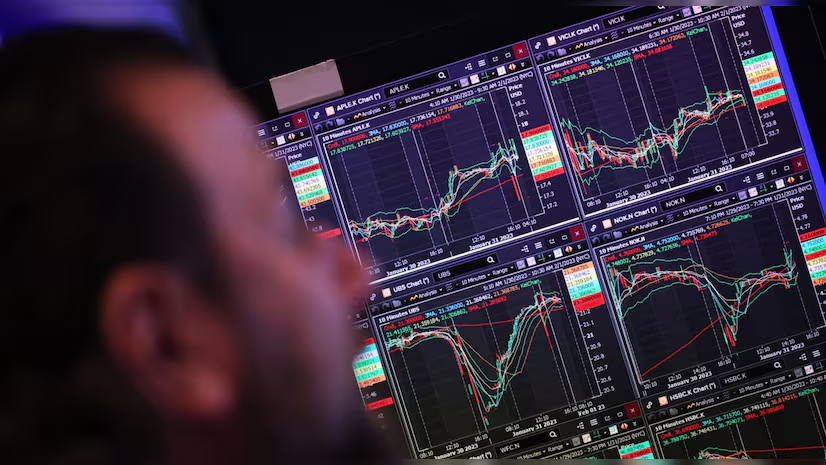
Bikaji Foods, a well-known name in Indian snacks, saw its Q4 profits drop—thanks to a sharp rise in input costs. But despite this bump in the road, the company isn’t panicking. Instead, it’s doubling down on future plans, with a clear eye on growth by FY26.
For anyone who enjoys their bhujia with chai, the news may not mean much—except that it might get pricier. But for investors and snack-lovers alike, there’s more behind the numbers.

Why Did Profits Dip?
In simple terms: raw materials got expensive.
Making snacks like aloo bhujia and namkeen depends heavily on ingredients like potatoes, oil, and spices. In Q4, the cost of these essentials spiked. That squeezed margins and hit Bikaji Foods’ bottom line.
Still, here’s the silver lining—sales stayed strong. People are still buying Bikaji. That means demand is alive and well, even if profits took a hit.
Looking Ahead: Why FY26 Is the Real Target
The company isn’t just waiting for costs to settle. It’s playing offense:
- More Factories, Better Reach: Bikaji is building new manufacturing units and growing its distribution network. More reach means more shelves stocked—maybe even in your neighborhood store.
- New Products on the Menu: Bikaji isn’t sticking to the classics. It’s testing new snack ideas—healthier options, ready-to-eat meals, and maybe even international flavors with a desi twist.
- Cutting Costs Smartly: Behind the scenes, the company is likely trimming waste, finding better supplier deals, and making its supply chain leaner.
- Brand Power: In North India especially, Bikaji is a household name. That kind of brand loyalty is priceless—and tough for competitors to steal.
Also Read Q4 Reports: Delhivery Makes Profit of ₹72.56 Crore After Losing ₹68.47 Crore Last Year
Snack Market = Big Opportunity
India’s snack market is booming. People are busier, earning more, and constantly looking for quick bites. Whether it’s evening tea or late-night munchies, snacks are a growing part of our lives.
But here’s the twist—today’s snackers want healthier choices. Less salt, less oil, more guilt-free fun. Bikaji’s push into this space could be key to winning tomorrow’s customers.
And if you’ve ever tried quinoa chips and missed your bhujia, you know why the right balance matters.
Investor Takeaways
- Short-Term Pressure Is Real: Input costs may stay high for a while. Expect some bumps.
- Long-Term Strategy Is Clear: Bikaji is building for the future—new products, bigger reach, better efficiency.
- Watch Product Launches: Their success will depend on how well new snacks match what people want.
- Track Input Prices: From potatoes to oil, raw material costs will remain a key driver of profit.
Bikaji Foods may be in a rough quarter, but don’t count it out. The company is pushing forward, not pulling back. Its future is tied to India’s snack story—and that story is only getting bigger, crunchier, and more diverse.
In a world of rising prices, Bikaji’s bet is simple: keep the taste, change the game.
Disclaimer:
This article is for information only and not financial advice. Please do your own research or talk to a financial expert before investing. Investing has risks, and past results don’t guarantee future success.
Also Read Gujarat Alkalies Bounces Back with ₹21.38 Cr Profit in Q4 FY25…












